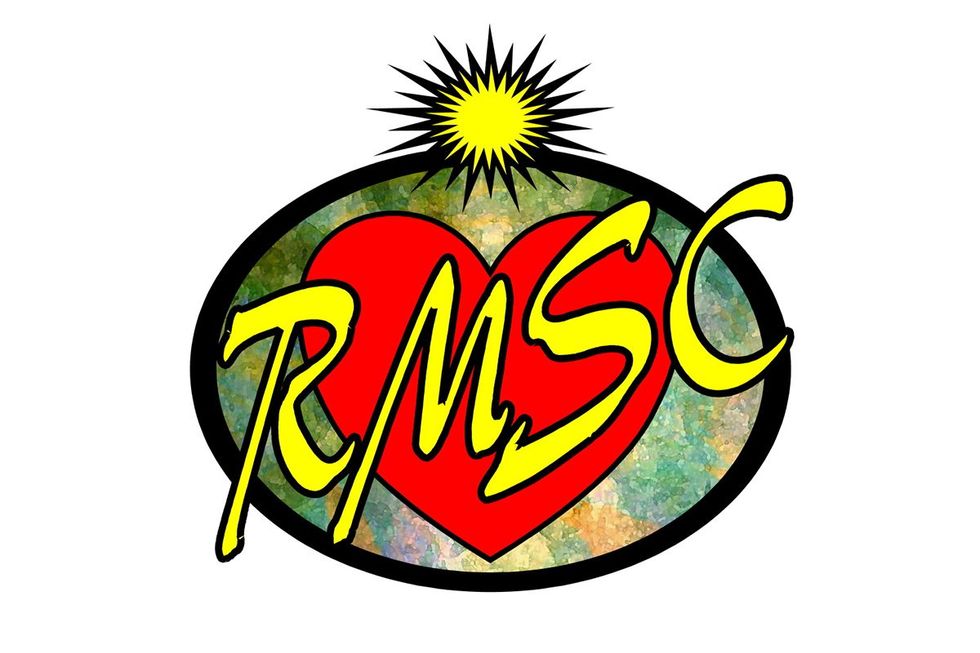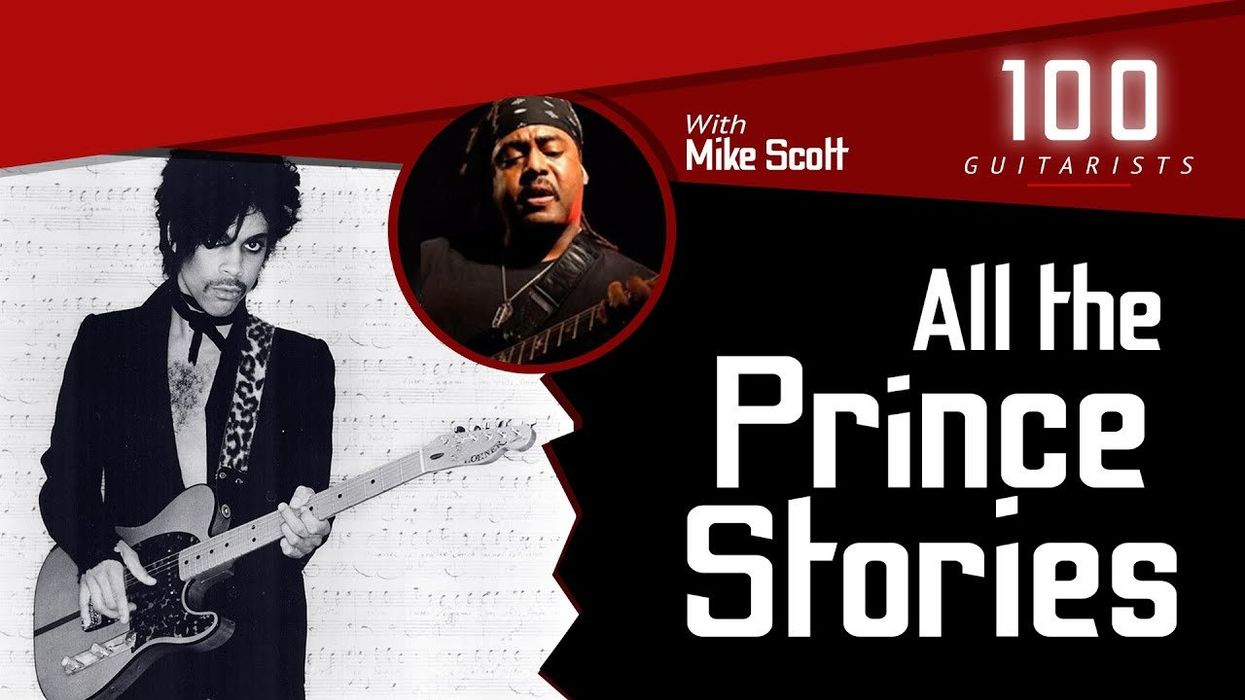Jazz guitarist Adam Levy joins Dipped In Tone for a philosophical talk about playing voices, the dangers of overanalyzing your set, and why going on a “guitar fast” can help your playing.
On this week’s Dipped In Tone, Rhett and Zack are joined by contemporary jazz guitar legend Adam Levy, the thoughtful, soft-spoken accompanist known for his work with Norah Jones and his own jazz trios. Levy’s new book, String Theories, which he co-authored with fellow sideman-to-the-stars Ethan Sherman, collects a series of tips, challenges, and reflections for guitarists to deepen their playing.
“I need it to sound like Solomon Burke is singing,” Levy says of his style and philosophy, centered on leads and mid-register tones. His formative playing experiences were on a Gibson ES-335, and Zack and Rhett wonder why the semi-hollow remains Levy’s go-to over, say, a Les Paul or T-style guitar. “[We] kind of put guitars in buckets: ‘This guitar does this, this guitar does that,’” says Levy. “But a lot of it is just what you do with your hands anyway. I feel like the instrument itself is maybe just a third of all that stuff.”

Thanks to Sweetwater for sponsoring this episode! Head to sweetwater.com for your musical gear needs.
Levy says that as the years go on, he gets “more like myself” when playing. A piece of that, he says, is stepping back from guitar music altogether. “Go on a guitar fast for a month,” he says. Levy says that removing the distractions of analyzing for specific tones and gear can create a clearer relationship to music. “All you can really notice is, ‘What’s the mood? How does it make me feel?’” Similarly, Levy warns of the dangers of overanalyzing your playing: “A little bit of reflection can go a long way,” he says, but “you don’t want to get so reflective that you shut yourself down.”
Finally, the trio dips a high-class vintage rig complete with a Gibson ES-125 with a floating wooden bridge—which shocks a sense-memory out of Levy. “It’s beyond, ‘I can hear that guitar,’” laughs Levy. “I can smell that guitar.”

















